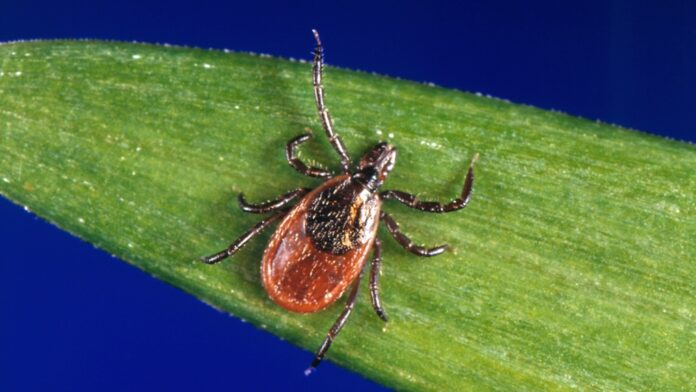“Ticks are tiny creatures that have been causing a big buzz in Canada, and the reason behind their surge in population might surprise you. According to Mount Allison University biology professor Vett Lloyd, recent changes in our climate are to blame for the increase in ticks across the country.
Tick-borne illnesses, such as Lyme disease, have become a major health concern in Canada. Statistics Canada reported over 8,000 cases of Lyme disease in the country from 2021 to 2023, highlighting the importance of being vigilant when it comes to tick prevention and detection.
The Impact of Climate Change on Tick Population
Lloyd explains that ticks thrive in mild winters, which have become more common in the Maritimes and across Canada as a result of climate change. This has created ideal conditions for ticks to flourish and spread, posing a potential threat to public health.
Donna Lugar’s Battle with Lyme Disease
One individual who knows the devastating effects of Lyme disease firsthand is Donna Lugar. After years of battling unexplained symptoms, Lugar was finally diagnosed with Lyme disease. She experienced a range of debilitating symptoms, from light and sound sensitivity to digestive issues and vision problems, highlighting the complexity of this tick-borne illness.
Preventative Measures and Awareness
As a Lyme disease ambassador and advocate, Lugar stresses the importance of taking preventative measures to avoid tick bites. Simple steps like using bug spray, checking for ticks after outdoor activities, and promptly washing and drying clothes can help reduce the risk of tick-borne illnesses.
Looking Ahead
With concerns about ticks spreading diseases like Lyme disease on the rise, it’s crucial for Canadians to be proactive in protecting themselves and their families. As ticks continue to move northward and explore new territories, staying informed and practicing tick prevention strategies is more important than ever.
As Acadia University biochemistry professor Nicoletta Faraone warns, the blacklegged tick and lone star tick are particularly troublesome in Canada. With 40 different types of ticks in the country, being cautious and vigilant is key to staying safe from tick-related illnesses.
In conclusion, the increasing presence of ticks in Canada is a concerning trend that cannot be ignored. By being aware of the risks, taking preventative measures, and staying informed, Canadians can better protect themselves from the potential dangers of tick-borne illnesses. Let’s work together to enjoy the great outdoors safely and tick-free.”
Reference














